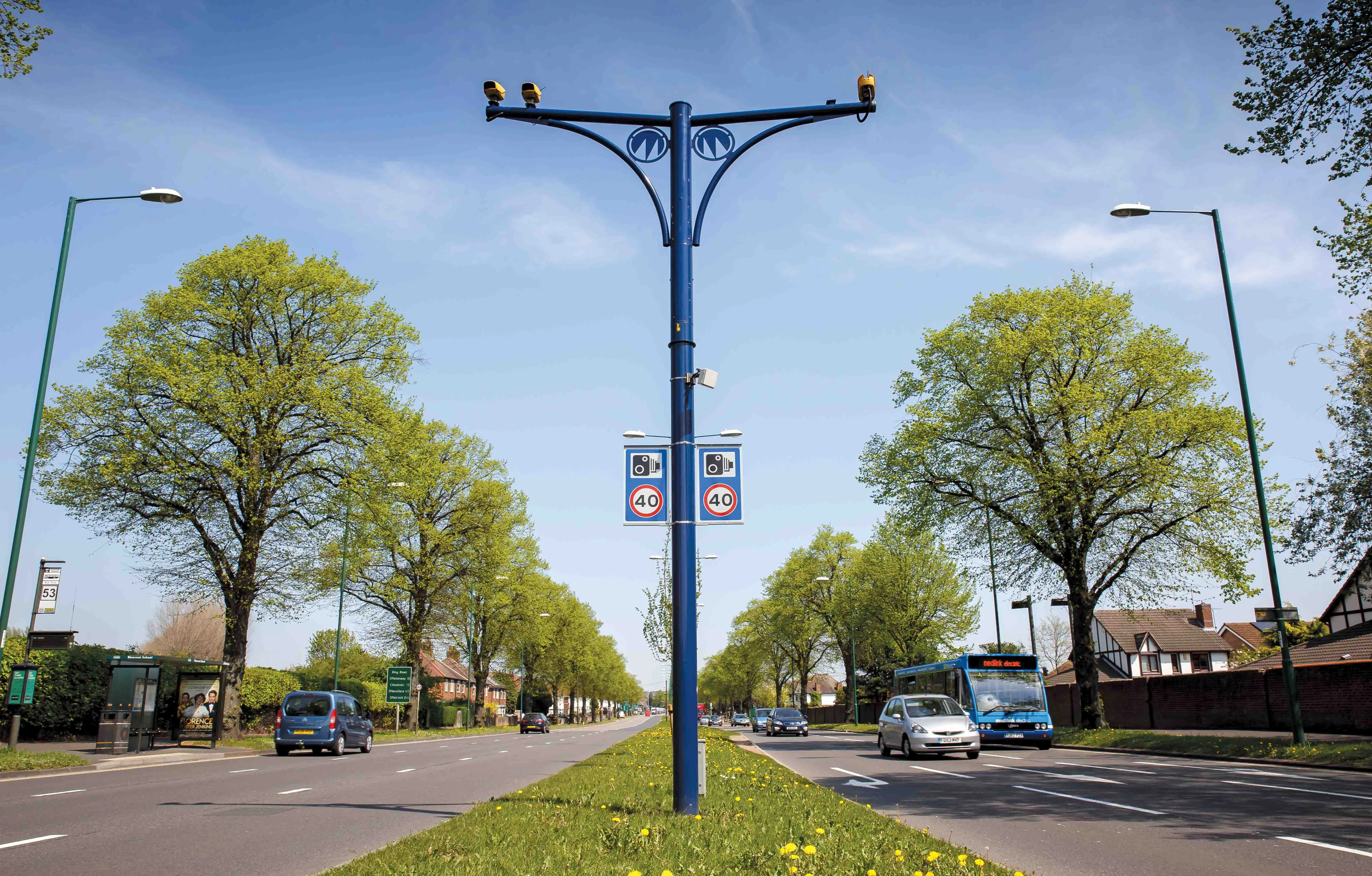A leading US highway construction association has renewed its pledge to work with the federal government to reduce deaths and injuries in roadway construction zones. The American Road & Transportation Builders Association (ARTBA) said the ‘Work Zone Safety Alliance’ will develop and distribute education material over the next two years aimed at preventing worker injuries and deaths from construction vehicle runovers and backovers. The education drive will also focus on increased outreach to non-English-spe
April 23, 2012
Read time: 2 mins
RSSA leading US highway construction association has renewed its pledge to work with the federal government to reduce deaths and injuries in roadway construction zones.
The American Road & Transportation Builders Association (ARTBA) said the ‘Work Zone Safety Alliance’ will develop and distribute education material over the next two years aimed at preventing worker injuries and deaths from construction vehicle runovers and backovers. The education drive will also focus on increased outreach to non-English-speaking or limited-English-speaking workers.
“Most fatalities that occur in road construction work zones involve a worker being struck by a piece of construction equipment or other vehicle,” said David Michaels, assistant secretary of labour for occupational safety and health, who presided at the ‘Work Safety Alliance’ initiative signing ceremony. He added: “This renewed Alliance with the Roadway Work Zone Safety and Health Partners will help reach workers and employers with critical education and information to reduce preventable injuries and deaths.”
ARTBA executive vice president and chief operating officer Bill Toohey represented the association at the event. It marks the third time the alliance has been renewed.
The Occupational Safety & Health Administration (OSHA) and5159 National Institute for Occupational Safety and Health (NIOSH) are the federal agencies engaged in the partnership, which includes the following private sector groups: ARTBA, the 3464 National Asphalt Pavement Association, the 3537 Associated General Contractors of America, and the American Association of State Highway Transportation Officials, and labour organizations – the Labourers’ International Union of North America and the International Union of Operating Engineers. The U.S. 2410 Federal Highway Administration participates as an ex-officio member.
The American Road & Transportation Builders Association (ARTBA) said the ‘Work Zone Safety Alliance’ will develop and distribute education material over the next two years aimed at preventing worker injuries and deaths from construction vehicle runovers and backovers. The education drive will also focus on increased outreach to non-English-speaking or limited-English-speaking workers.
“Most fatalities that occur in road construction work zones involve a worker being struck by a piece of construction equipment or other vehicle,” said David Michaels, assistant secretary of labour for occupational safety and health, who presided at the ‘Work Safety Alliance’ initiative signing ceremony. He added: “This renewed Alliance with the Roadway Work Zone Safety and Health Partners will help reach workers and employers with critical education and information to reduce preventable injuries and deaths.”
ARTBA executive vice president and chief operating officer Bill Toohey represented the association at the event. It marks the third time the alliance has been renewed.
The Occupational Safety & Health Administration (OSHA) and







